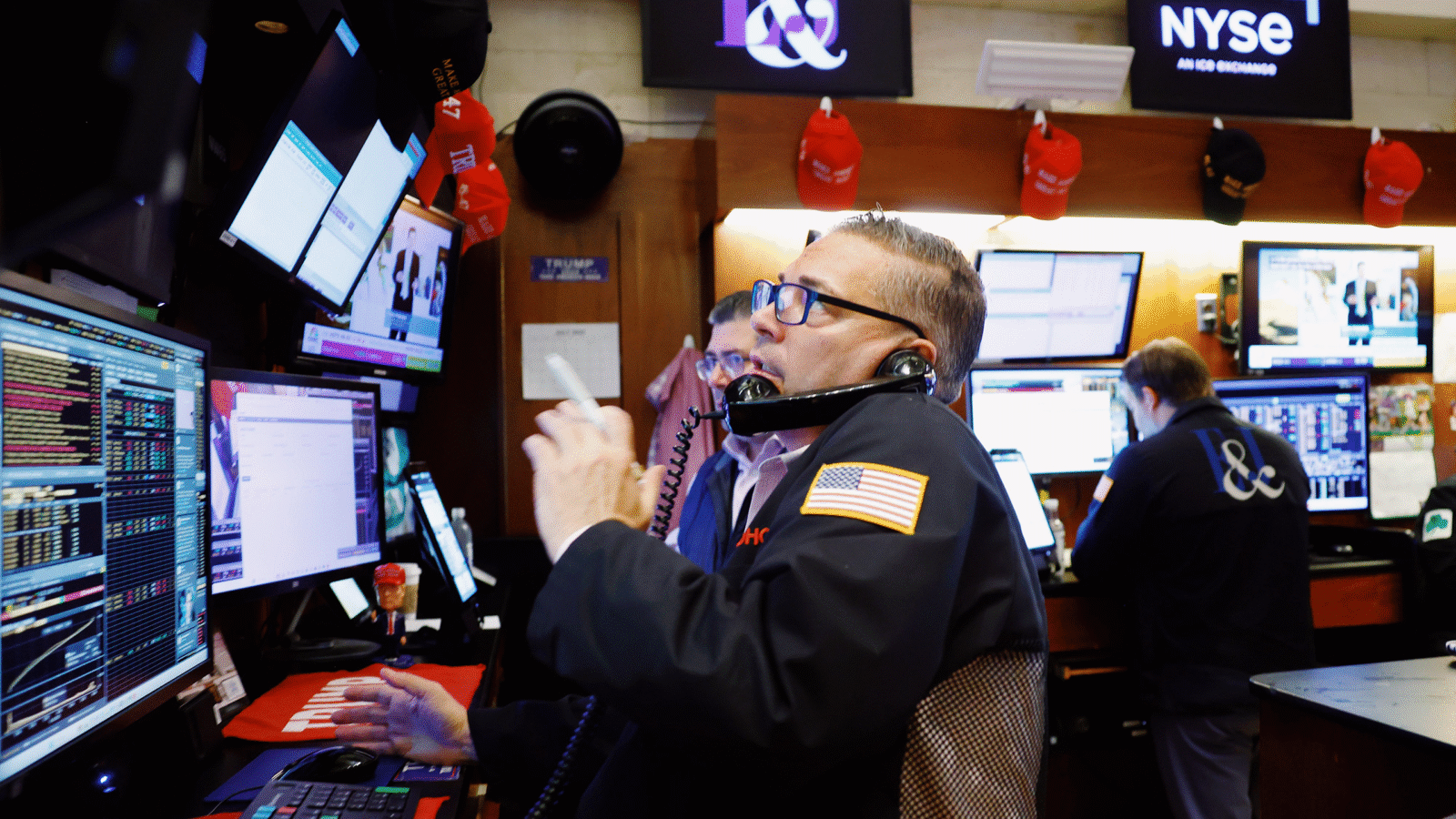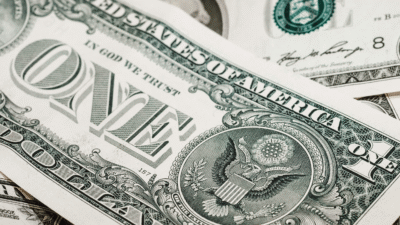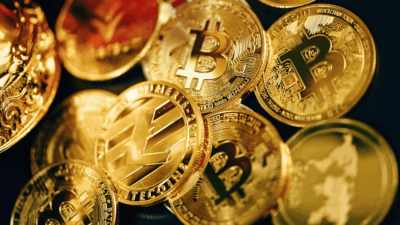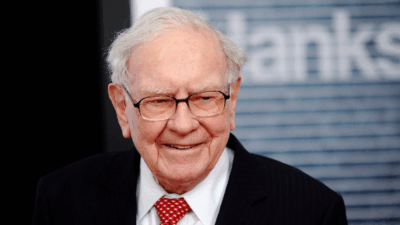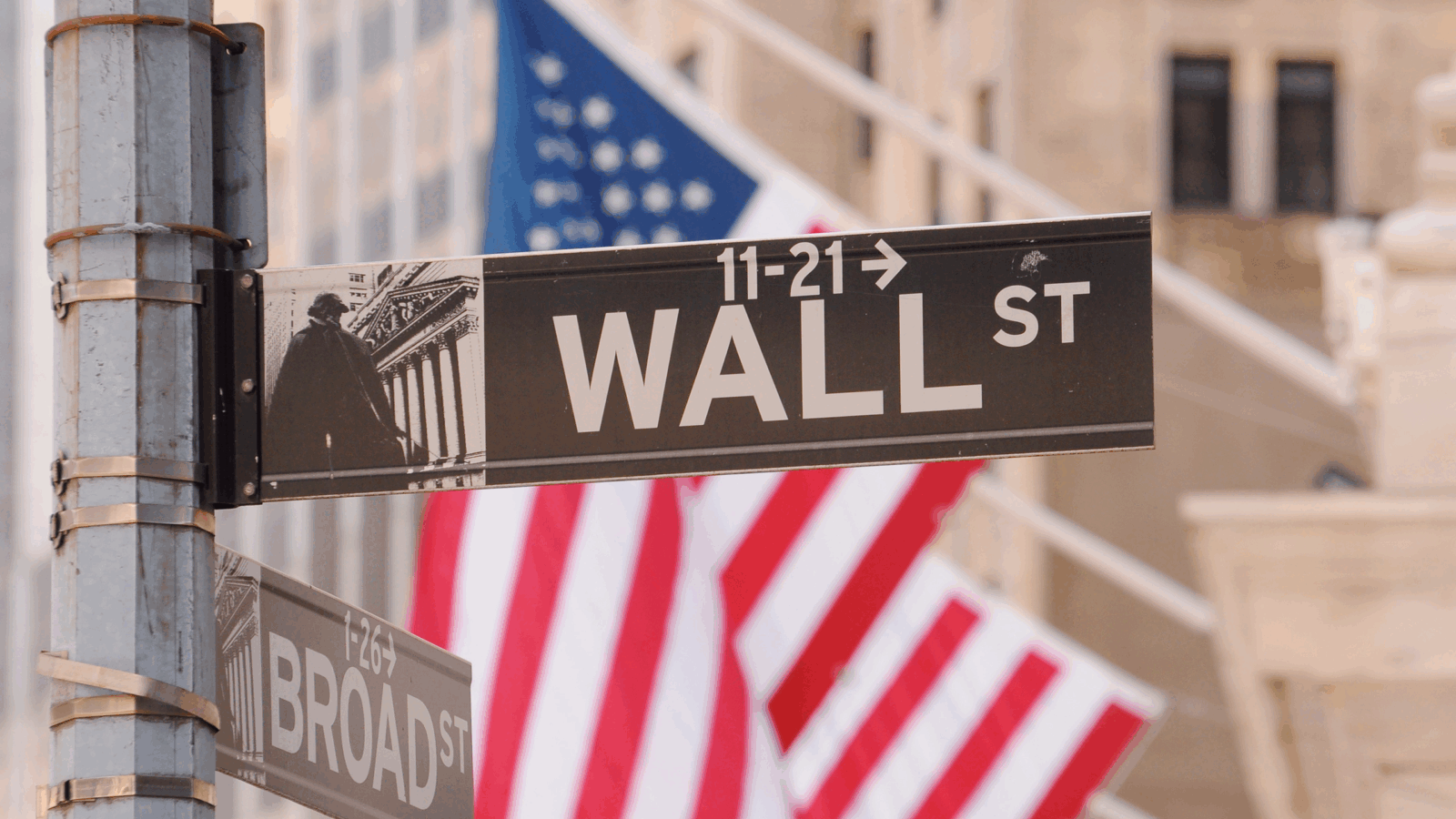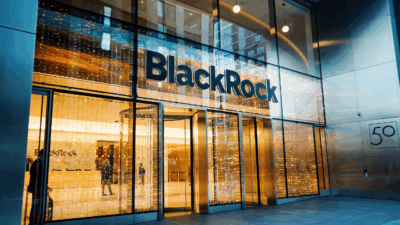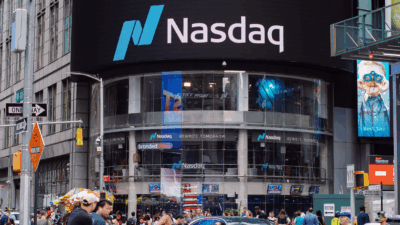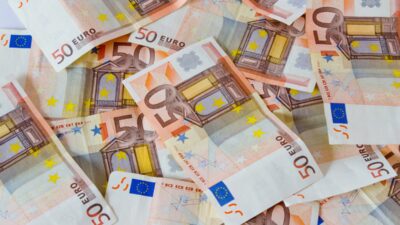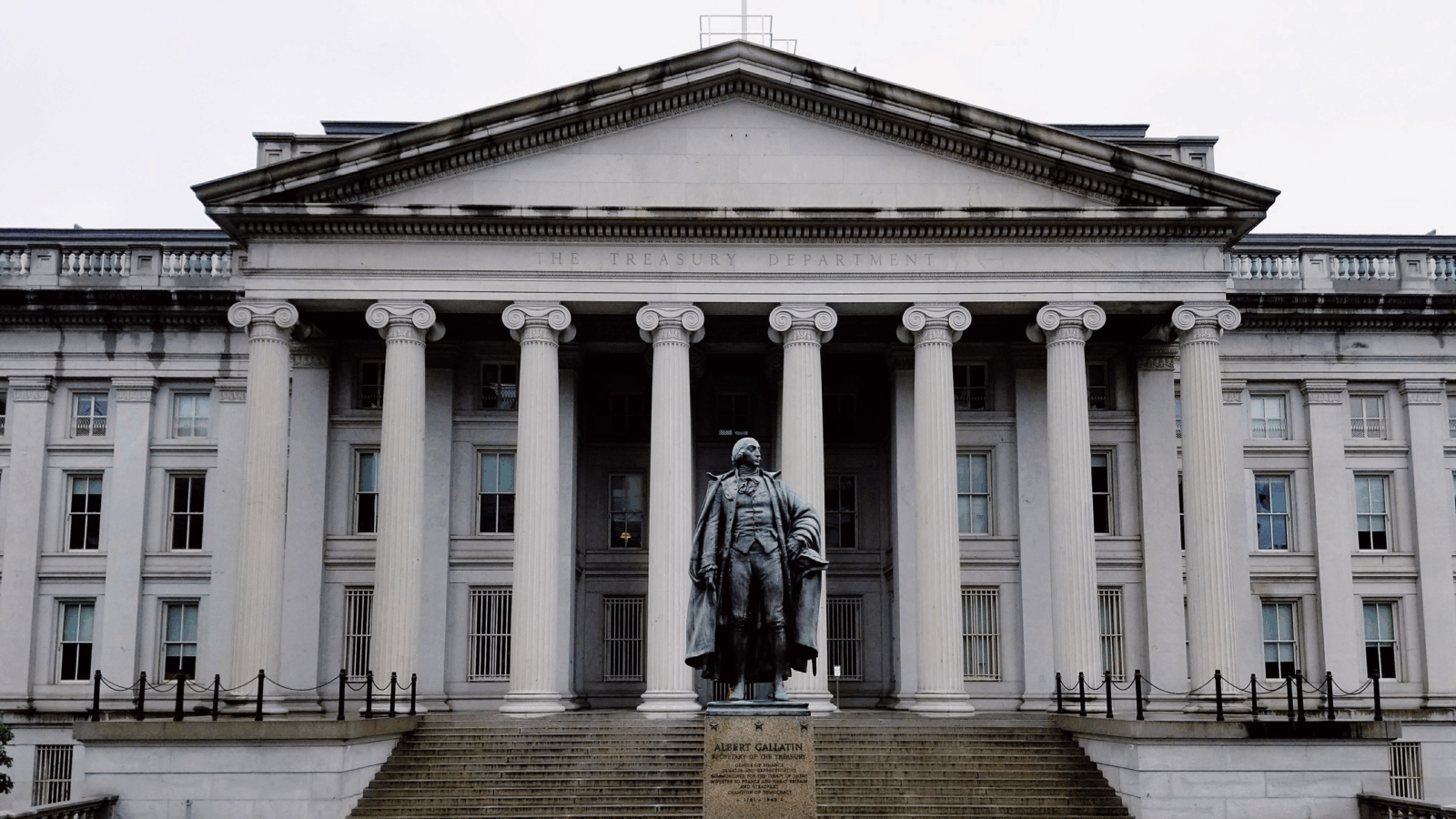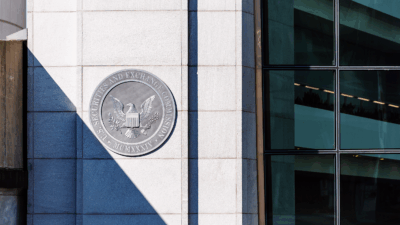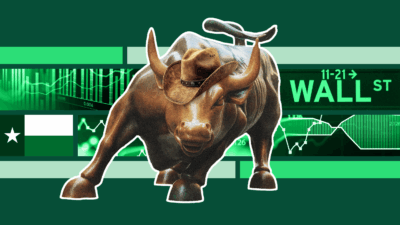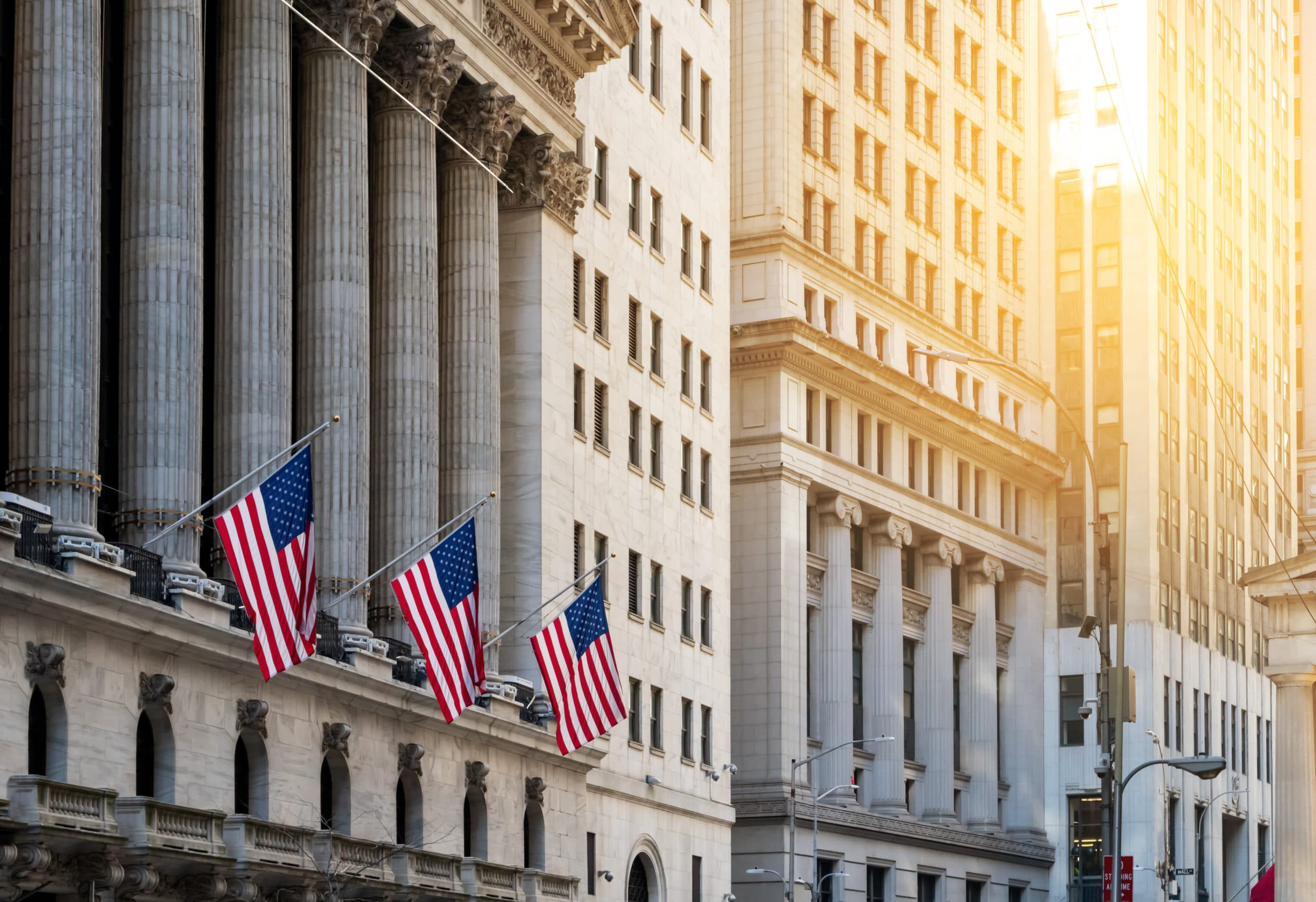
Sign up for smart news, insights, and analysis on the biggest financial stories of the day.
Even as Russia’s invasion of Ukraine stretches to nearly a month old with no clear end in sight, financial markets have started to…relax a little.
Wall Street enters this week with the CBOE Volatility Index (VIX) — nicknamed the “fear index” — on a more normal trajectory. The Federal Reserve may have something to do with it.
(Don’t Fear) The Index
VIX got its nickname because it measures how investors view future volatility by comparing the next 30 days of put and call options on the S&P 500, which are basically bets on the future price of a stock. That helps give the most accurate view of investors’ collective blood pressure without needing to whip out a sphygmomanometer.
The VIX rose above 30 — the number markets generally consider to mean heightened volatility due to investor uncertainty, risk, or just plain primal fear — for the first two weeks of March. That’s not really a surprise: markets had been hit with declines to open the year due to uncertainty about interest rate hikes, inflation, and the outbreak of war in Europe. During selloffs, the S&P 500 fell 15% below its peak and the Nasdaq Composite 20% from its own former perch. But now the VIX is trending back in a more stable direction:
- The VIX fell 23% to 24 last week, and two other volatility indexes — the JPMorgan Global FX Volatility Index — also went down. Below 20 is generally the VIX’s threshold for market stability, so there is still a way to go, but its fall suggests traders expect less turbulence.
- The price of March Vix futures — which measures what traders think the VIX will be for the remainder of this month — have fallen below the price for Vix futures later in 2022, after jumping above them post-invasion.
What Gives? There may be a couple of reasons the VIX is trending down. Many funds closed positions on the futures market recently, making profits on the downturn in stocks which means they may have some money to throw around investing again. And the US Federal Reserve hiked its benchmark interest rate and laid out plans for further hikes this year after months of speculation. Whether investors liked the decision or not, they like certainty a lot more than uncertainty.
